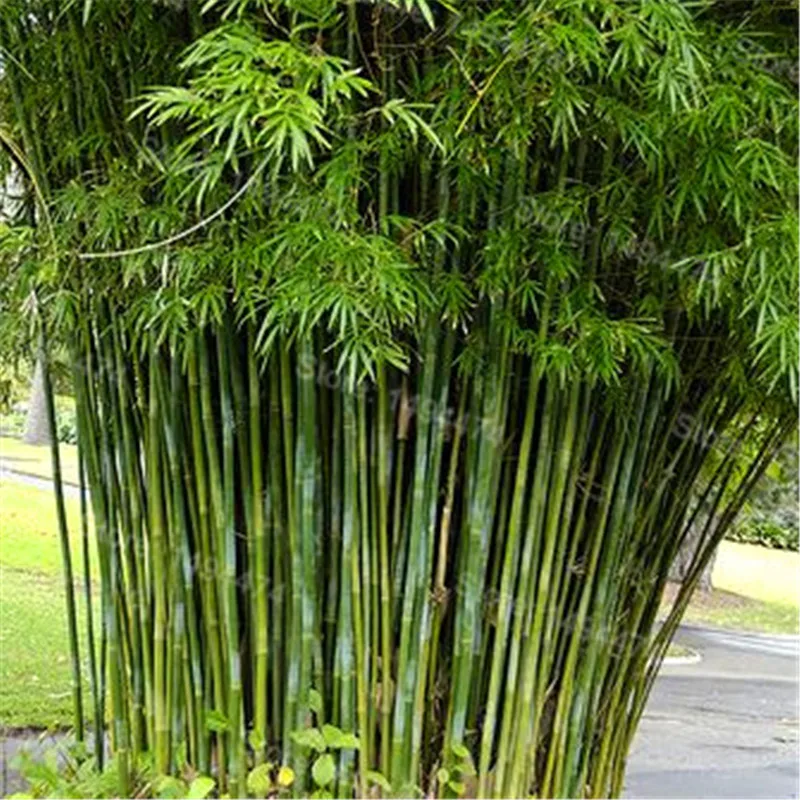

This is followed by a report to establish how to obtain the perfect suitability of the soil in terms of processing and enrichment. This process starts with a feasibility study based on the bioelectronic and chemical-physical analyses of the soil, followed by a geological analysis, if needed.

In a bamboo plantation, the quality of the foundation is essential to guarantee a quality result. Bad preliminary elements can be too cold winter temperatures, lack of water for irrigation, possible flooding of the soil. In order to establish the suitability of a soil, our team carries out geological, chemical-physical and bioelectronic analyses in advance. Generally speaking, giant bamboo, like Moso, requires a sunny exposed soil with a temperate climate, abundant access to water and ample space for the development of the bamboo grove. Its rapid growth times and constant reproduction make it a continuous source of raw material. It can absorb CO 2 at higher levels than a traditional forest and it can be the base of thousands of industrial and manufacturing applications. Moso giant bamboo produces a stem composed of high-quality wood, surpassing many fine kinds of woods in hardness and strength. It is often recalled together with the Phyllostachys Bambusoides, called Madake, suitable for Italian zones with hot and dry summers and wind exposure. This species is well adapted to the Italian territory with its harsh winters, high humidity and little exposure to the wind. Of the approximately 1,500 varieties of bamboo found on our planet, it is easy to argue that Moso, also known as Phyllostachys Edulis or Pubescens, is one of the most important. Even today, the most cultivated and most present species in China is the Moso, which covers about 3 million hectares of the territory. It is in China that bamboo has best prospered and its use has generated objects and furnishings of daily use since the dawn of humanity. However, it is also possible to find wild bamboo varieties at temperate latitudes.

You, too, can enjoy living in the shadow of this gentle giant.The origins of bamboo are related to tropical and subtropical regions, mainly the Far East, although we can also find wild species in Africa, Oceania and America. Though these photos are impressive, the enormous scale and gentle grace of this giant bamboo must be personally experienced to be fully appreciated. In our area of the Gulf Coast, recently ravaged by Hurricanes Katrina and Rita, many are choosing to re-establish their shady canopies with 'Moso', quick to mature, incredibly strong, flexible and wind resistant.

Sections of our 11 year old grove are reaching 60 feet with 4+ inch culm diameters. These groves reach their maximum height and maturity in 20 years in our climate, but quickly reach impressive heights along the way. In the heat of Summer, there is a 15 degree perceptive temperature difference as compared to areas directly under the mid-day Sun. A similar feeling to that of old growth redwood forests, these majestic groves inspire true amazement, and evoke feelings of quiet reflection and calm.Īn unexpected plus, these giant groves actually generate cool air! As one of nature's natural air conditioners, their lofty canopies shade us from the Sun while their culms pull cool water from the oling the surrounding air which moves through them. The largest of the subtropical timber bamboos, 'Moso' soars to heights of 75 feet at maturity with 7 inch diameter culms, creating a truly awesome, hushed, canopied forest. Phyllostachys edulis ('Moso' Bamboo) - the star of the show!.as viewed left and below.


 0 kommentar(er)
0 kommentar(er)
